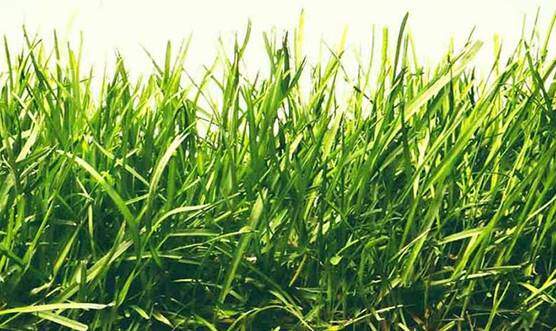There are many types of grasses that people grow in their lawns with some like timothy Bermuda, brome, fescue, meadow, ryegrass, orchard, Napier, bluegrass, bent, and redtops grown as fodder. Other fodders are fiorin, Columbus, Sudan, Rhode, elephant, heath, and false oat.
Can rabbits eat any of these grasses? The quick answer is yes. Bunnies can eat grass, including crabgrass, wheatgrass, oat, or timothy. They are high in fiber, something that will help wear down their ever-growing teeth and aid digestion.

Also, they have the necessary nutrients that bunnies need, are inexpensive, readily available, and very easy to grow, albeit not having a lawn.
Even while in the wild, at dawns or dusks, these twilight or crepuscular critters do forage plants, one of them being grass.
Since we have approved grass, there is much more you need to know before you begin feeding it to your bunnies.
Don’t replace hay
Firstly, you need to know which foods these pets eat and in their right proportion. Typically, their diet should be at least 80% of grass hay. Hay is nothing other than grasses that have been cut and dried. However, in its form, it is higher in fiber that will promote digestion and teeth grinding than fresh ones.
Therefore, don’t replace fresh grass with hay but let it be part of the 20% remainder of their diet. Ensure your pet doesn’t develop a sweet tooth for fresh grass, ignoring hay. In such a case, let it be a treat given after eating hay.
While there are many brands, including Oaten, Wheaten, Pasture, Paddock, Meadow, and Ryegrass, timothy hay is simply the best.
If you need it, Kaytee Timothy Hay is a nutritious and fiber to support healthy digestion and teeth wearing. At the same time, it is lower in calcium and proteins to ensure your bunny doesn’t develop any urinary problems.
Avoid or minimize the amount of leguminous hay such as alfalfa as they are high in protein unless you want to fatten your bunny or they are growing.
Finally, note that hay is much essential to your bunny that commercial pellets. You don’t want to struggle with stomach upsets and overgrow teeth clipping now and then.
It should be pesticide-free
Lawns and gardens often get contaminated or sprayed with pesticides, insecticides, or herbicides. Avoid feeding your rabbits any grass that has these chemicals or any other.
While you may not use them, if your neighbor uses them, the chances of contamination are quite high.
Finally, consider other pets that may be accessing your lawn, especially birds or any other pet that may urined and defecate. Droppings may carry parasites.
Go slow
Like how you introduce any other food, you need to do it gradually over not less than ten days, increase the amount given each day if you don’t see any stomach upsets or diarrhea.
This slow-go will give your rabbits some time to adjust to this new diet if they have not been eating it. Avoid providing large piles of grass at once, or any other food.
If you let them graze, such as while in their playpens, limit their grazing time to control the amount they forage.
Plant some grass
If you don’t have a lawn where your bunnies can graze freely, you can plant some grass in pots, trays, or boxes on your window seals or hang them. You need to buy seeds and composite form your local garden stores or DIY garden shops.
Afterward, sprinkle the seeds and continually water them. A fantastic option is to buy timothy grass seeds since timothy hay is one of the most popular brands that rabbits eat.
To give your fuzzy friends variety, you can include some safe weeds and plants like dandelions, nettle, grapevines, blackberries, and clover, among others.
Finally, when feeding them, either clip or take the potted plants into their cage. If you opt for the second option, remove it and let it regrow once they have eaten much of the grass.
Putting it in their cage will not only excite them but also minimize boredom and give them a chance to forage like they do in the wild.
No lawnmower clippings
Even if your grass is safe, avoid lawn mowed clippings since the heat and cutting will make these it ferment faster, increasing the risk of stomach upsets. Instead, harvest them with a scissor.
Be on the lookout for poisonous plants
Whether you clip it yourself or let them graze, you need to be on the lookout for some toxic plants. Plants like azalea, amaryllis, buttercups, caladium, clematis, ivy, figwort, comfrey dahlias, bindweed, deadly nightshade (belladonna), and so on are harmful.
Keep variety
Since different fresh vegetables and plants have different nutrients, ensure these pets have a variety by giving them several of the safe plants. Keep varying their foods so that they mimic what they have while in the wild.
